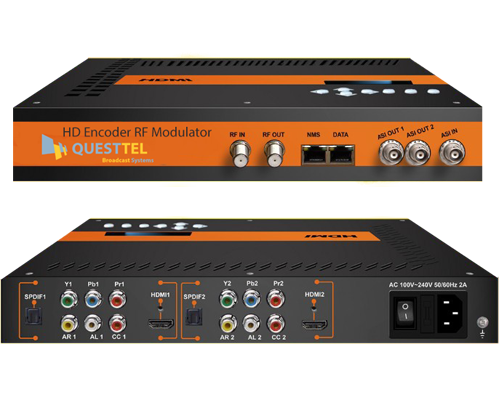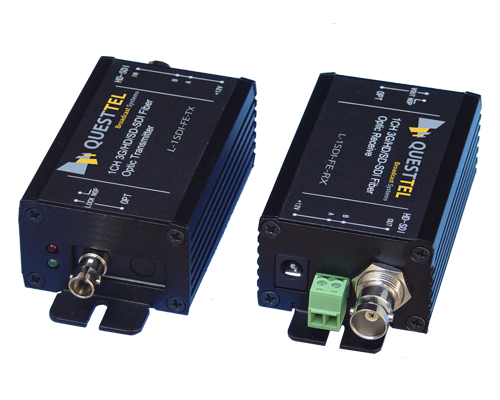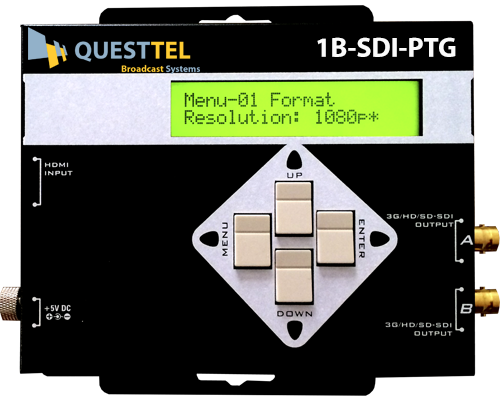Digital Video Over IP: Definitions
Definitions
Bridge Component: OSI layer 2 connecting component, that connects two or more link layer components, not
necessarily using different technologies
NOTE: A bridge is usually called either a hub or a (layer 2) switch, where a hub typically forwards all the data
coming in on one of the ports to all the other ports and a switch provides some additional functionality
such as forwarding packets only to a specific port.
CDS HNED storage: storage on the HNED dedicated to CDSs of a single service provider
Component: specific set of functionalities
NOTE: It can offer this functionality to other components in the same device.
Connecting Component: component which is used to connect link layer components with each other
Content Download Service (CDS): service that provides download delivery of content items to the local storage of the
HNED
NOTE: The consumption is independent of the delivery.
Content Item: an editorially coherent grouping of one or more audiovisual or generic data files which are intended to be
consumed in conjunction with each other
Content Provider: entity that owns or is licensed to sell content or content assets
Content on Demand (CoD): program provided at the request of the end user for direct consumption (real-time
streaming)
Content Service Provider (CSP): entity which acquires/licenses content from Content Providers and packages this
into a service
Delivery Network (DN): network connecting the Delivery Network Gateway (DNG) and service providers
Delivery Network Gateway (DNG): device that is connected to one or multiple delivery networks and one or multiple
home network segments
Destination Transport address: combination of the IP destination address and destination UDP port
Download Session Description: collection of parameters that describe how a content item can be downloaded within a
download session using the DVB-IPTV CDS
DVB-IPTV service: one or more programmes under the control of a service provider delivered over IP. The
programmes can be made available either as part of a schedule or on demand and either for direct consumption (Live
Media Broadcast or Content on Demand Services) or for local storage (CDSs)
DVB CoD RET server: interacts with the RET clients by responding to RET requests with RET packets
DVB LMB RET server: interacts with RET clients, mainly by responding to RET requests with RET packets
DVB RET client: part of the HNED that makes use of the RET protocol to request and receive RET packets from a
DVB (CoD/LMB) RET server when it detects packet loss
Event: grouping of elementary broadcast data streams with a defined start and end time belonging to a common service
Gateway Component: connecting component that connects two or more link layer components of typically different
technologies together (it can function at OSI layers 4 through 7)
Home Network End Device (HNED): device that is connected to a home network and which typically terminates the
IP based information flow (sender or receiver side)
Home Network Segment (HNS): consists of a single link layer technology and provides a layer 2 connection between
home network end devices and/or connecting components
Internet Service Provider (ISP): party offering an Internet access service to the end-user
Iink layer component: OSI layer 2 component consisting of link layer technology and which is used to provide
connectivity between devices
MPEG-2: Refers to ISO/IEC 13818-1 [52]
NOTE: Systems coding is defined in ISO/IEC 13818- 1 [52]. The real time interface specification is defined in
ISO/IEC 13818- 9 [53].
Original RTP session: RTP session where the RTP packets are original packets (not retransmitted)
Package:collection of DVB services marketed as a single entity
Program: collection of program elements
NOTE: Program elements may be elementary streams. Program elements need not have any defined time base;
those that do, have a common time base and are intended for synchronized presentation. Taken from
ISO/IEC 13818-1 [52].
Pull download service: Content Download initiated by the user
Push download service: Content Download initiated by the service provider without explicit request by the user
RET-enabled HNED: HNED that has a DVB RET client
RET-enabled CoD/LMB: CoD/LMB service where RET-enabled HNED can make use of DVB RET protocols for
packet loss repair
Router component: OSI layer 3 connecting component which connects two or more link layer components to each
other, not necessarily of the same type
NOTE: A router is able to select among multiple paths to route packets through the network based on a
destination address available in the packet. The only OSI layer 3 type considered is IP.
RTP session: as defined in clause 3 of RFC 3550 [21]
Service Provider (SP): entity providing a service to the end-user
NOTE: See clause 4 on architecture. In the context of the present document, SP will mean a Service Provider
providing DVB-IPTV services.
Session multiplexing: scheme by which the original stream and the retransmission stream are sent in different RTP
sessions
Source transport address: combination of the IP source address and source UDP port
SP offering: set of streams or services a Service Provider proposes to the end-user
SSRC multiplexing: scheme by which the original stream and the retransmission stream are sent in the same RTP
session with different SSRC values
Transport stream: data structure defined in ISO/IEC 13818-1 [52]
TS Full SI: transport stream with embedded service information as defined by DVB in EN 300 468 [1] with the
exception of the network information table NIT
NOTE: This table may be omitted as it has no meaning in the context of IP services.
TS - Optional SI: transport stream with MPEG PSI (PAT and PMT tables) as defined in ISO/IEC 13818-1 [52], all
other MPEG-2 and DVB tables are optional
QuestTel shall have no liability for any error or damage of any kind resulting from the use of this document.



